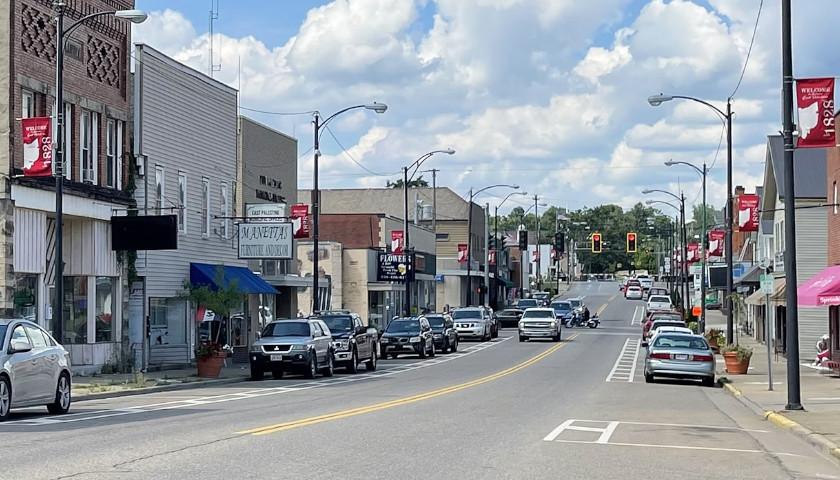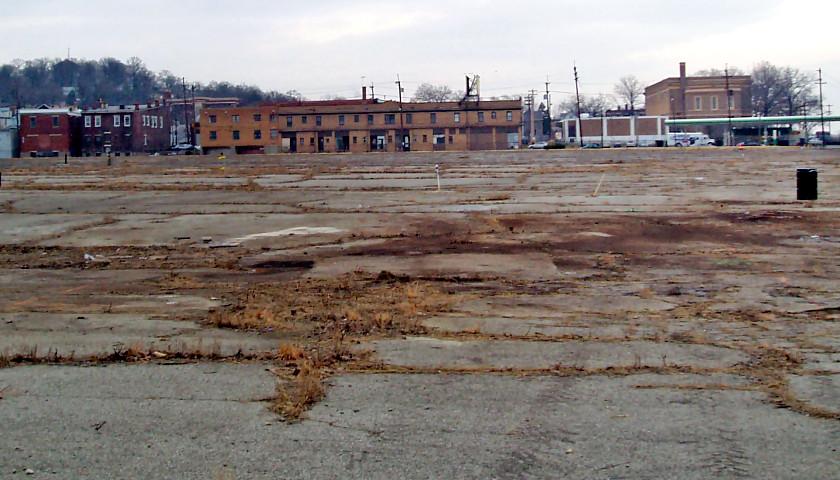COLUMBUS, Ohio – The recently enacted state government budget will create a $500 million brownfield remediation fund designed to spur the cleanup and redevelopment of former industrial sites and other environmentally damaged properties throughout the state.
A last-minute addition to the two-year, $74 billion operating budget Governor Mike DeWine signed on June 30 revives the Clean Ohio Revitalization Fund (CORF) program shut down under former Governor John Kasich in 2013. The reconstituted program will offer $350 million over two years toward cleaning up and revitalizing brownfields and another $150 million for the demolition of vacant and abandoned properties in Ohio communities.
Count Columbus developer Mark Wagenbrenner of Thrive Companies among those welcoming the state’s renewed state funding to boost economic development through the transformation of vacant properties into residential, commercial and mixed-use projects. His company, formerly known as Wagenbrenner Cos., has directed $1.1 billion in private investment in projects primarily in urban Columbus through 10 CORF grants totaling $27 million.
“We’re thrilled,” the real estate development company’s president told The Ohio Star. “We have other potential redevelopment sites we haven’t been able to do because we can’t get over the cost of the environmental remediation.”
Wagenbrenner Cos. started one of the first Clean Ohio projects in Columbus’ Short North 18 years ago on the former AC Humko Foods vegetable oil processing facility site that had closed in 2000. That 18-acre site, dubbed Harrison Park, now offers apartments and single-family homes between downtown and Ohio State University.
The since-renamed Thrive Cos. is still building out a couple of the 10 sites, including a former unregulated landfill getting transformed into an office, residential and retail redevelopment called Grandview Crossing just two miles northwest of the capital city’s downtown. Wagenbrenner said the ongoing projects will push private-sector development in Thrive projects leveraged by CORF grants to $1.7 billion.
A 2003 Ohio Department of Development study shows the $400 million Brownfield Redevelopment efforts leveraged $4 billion in investment – or an investment return of 10:1. Up-to-date figures were not immediately available as the state switched over many economic development programs to the JobsOhio private-sector agency.
How the new program will work remains unknown as the department creates rules to manage the program. The budget bill calls for each of Ohio’s 88 counties to receive $1 million for remediation of brownfield over two years and another $500,000 for demolition of vacant and abandoned commercial and residential buildings and initial cleanup of non-brownfield.
The remaining $106 million for demolition projects and $262 million in brownfield revitalization will get scored and allocated on a first-come, first-served basis, according to the nonprofit Greater Ohio Policy Center that supported Ohio House and Ohio Senate bills introduced earlier this year.
Alison Goebel, the policy center’s executive director, told The Star she was somewhat surprised at the 11th-hour inclusion of Clean Ohio funding in the budget.
That surprise could make difficult for communities to move quickly enough to spend the first portion of the funds within a year as in many cases sites have yet to be identified.
“It’s one thing to have the funding,” she said, “it’s another to have all of the planning process in place.”
Still, she expects communities to catch up in the process and identify even as the development department considers the formal application and approval process. The program is set to begin in September.
“This is the resource communities have been asking for,” she said. “Communities will figure it out.”
Wagenbrenner said he expects developers around the state to start dusting off plans for brownfield redevelopment opportunities now that funding has become available.
“Once Clean Ohio went away, there wasn’t a route to bring many projects to market,” Wagenbrenner says. The new funding “will be well received. There’s a lot of (potential) projects out there.”
– – –
Brian R. Ball is a reporter for The Ohio Star and Star News Network. Email tips to [email protected].
Photo by Brian Ball.





